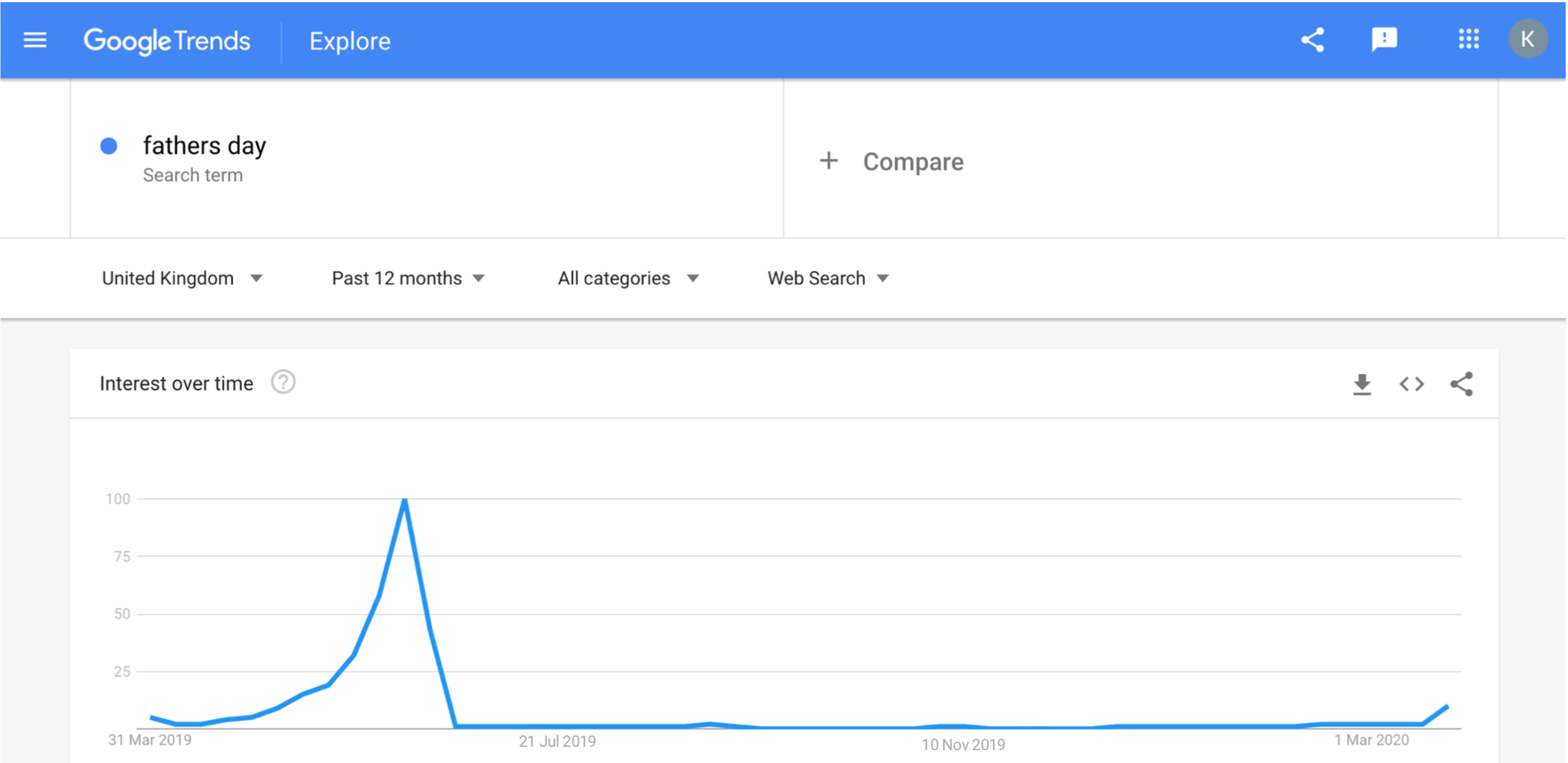Tracking
The very first step to achieving your marketing strategy goals is to ensure that you have statistically relevant data. At Selesti we follow a comprehensive process for implementing analytics solutions to accurately track users across your website, and integrate advanced tracking to allow in-depth analysis of data across key touchpoints.
The most popular website analytics tool available is Google Analytics. This powerful tool is completely free and can be added to any website with a snippet of code. Sounds simple, right? Although the set up may sound simple, there are some essential eCommerce optimisations that will scale up your data collection.

Enhanced eCommerce
Setting up this advanced functionality enables the measurement of user interactions with products on eCommerce websites across the customer's shopping experience, including: product impressions, product clicks, viewing product details, adding a product to a shopping cart, initiating the checkout process, transactions, and refunds.
By setting up eCommerce tracking, you will be able to look at your buying funnel, and identify areas of the journey that are causing customers to leave your site without converting, how far users are scrolling down your category pages (and therefore which products they aren’t seeing), and the number of days a customer takes to reach a conversion from their first interaction with your site. These powerful insights will help you to better understand how website usage is driving sales in concrete, measurable ways.
Demographics & interests
Understanding more about your audience is imperative for great marketing, and Google has created a way for you to fine-tune your personas within their analytics platform. This solution allows you to understand the demographics (gender and age) of your audience as well as more powerful tools that help you understand their interests and what other websites they use. This data is invaluable for the whole of your marketing department, and can be utilised in different ways by your team. Outreach and PR teams will be able to better understand the types of websites to include in their strategy, social teams can build advanced audience lists, and SEO and content teams can better understand the keywords to target for greater traffic.
Goals
Although eCommerce tracking will take care of transactional and revenue figures, having goals set up is a great way to track micro conversions across your site. Things like filling in enquiry forms, clicking social media links and signing up to your mailing list may not lead to direct revenue, but these lead generating areas should be tracked and analysed.
Having your goals in place isn’t simply a ‘nice to have’, this data is vital in understanding the journey of your
customers, and which goal interactions are more likely to lead customers to both conversions and overall
brand loyalty.
Events
Some of the interactions on your site may not be important enough to be a goal. However, these key events are pivotal when trying to understand your customer journey. Google Analytics allows you to create ‘events’ for pretty much any interaction on your site. These can be anything from link clicks to how far down a page a user scrolls.
One of the key events that’s worth tracking is the use of filtering on the category page. Understanding how users are interacting with your filtering system can help you to fine tune this area of the site. For example, are users who use the filter more likely to convert, or is it causing more confusion? Tracking events such as this early on will give you the data needed for advanced A/B testing in the future.
Plan plan plan
Understanding more about your audience is imperative for great marketing, and Google has created a way for you to fine-tune your personas within their analytics platform. This solution allows you to understand the demographics (gender and age) of your audience as well as more powerful tools that help you understand their interests and what other websites they use.

Promotional Calendar & key dates
Outlining the key dates for promotional activity is an important base for your strategy. Include big occasions, such as Christmas, but also plot out other opportunities, such as bank holidays, international days, and your unique promotions.
Plotting these days not only gives you an idea what is likely to be the busiest periods for your website, it also provides insight into where you may experience a lull in traffic, and as such where you may need to be more creative with your marketing to reach your targets.
Not only should you look at the key dates in your calendar, it’s important to also consider when the interest peaks for these dates. This will help you to understand when the best times are to run your promotions, so you don’t miss a beat and you can be in the right space at the right time. By looking at Google Trends you can see when people, in your target area, are searching for keywords related to your occasion or event.

By doing this, you can ensure that your promotional activity is in place as soon as interest peaks - not simply when it’s at its highest.
